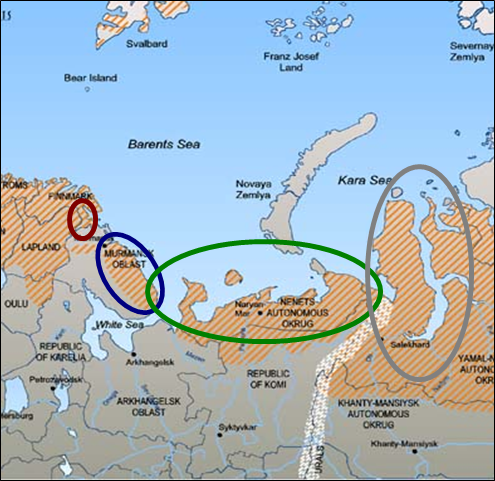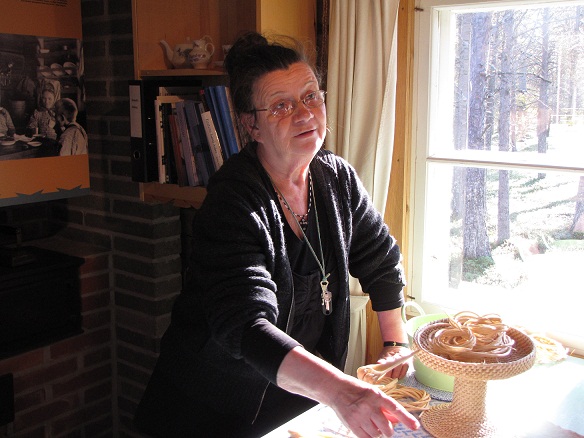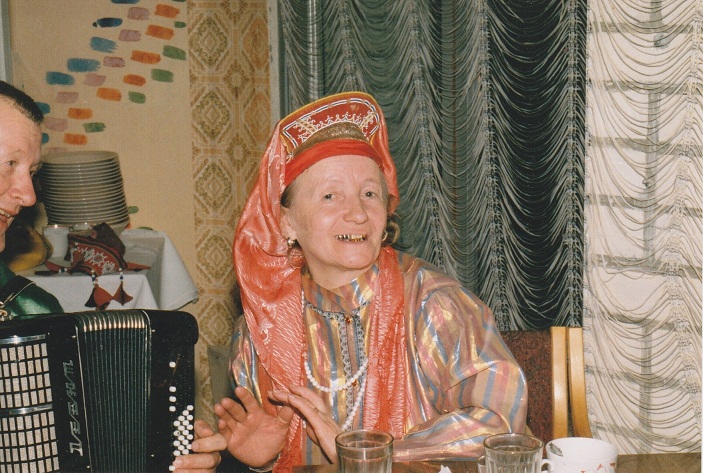Arctic Indigenous Groups
Skolt Sami (red ), Kola Sami (blue), European Nenets (green), Yamal Nenets (gray)

Skolt Sami

Northern Finnish Lapland, Inari municipality, 700 Skolt Sami, villages of Sevettijärvi, Nellim and Keväjärvi, a few in Neiden (Norway), and Tuloma, Verkhnetulomsk, Jona villages in Northwesternmost Russia. Original territories were in the Petsämö region until WW II. When their territory had to be ceded back to the Soviet Union, most were resettled to Finland where they live now. Skolt Sámi language is spoken by approximately 350 speakers. Their earlier livelihood was based on reindeer herding, hunting, fishing and gathering. Nowadays only reindeer herding and fishing have retained some economic relevance. They are practiced in an extensive form in the two Skolt herding districts of Näätämö and Vätsäri in which they manage about 6500 reindeer.
Kola Sami

Murmansk Oblast, North West Russia. 2000 Sami, a third of whom live in Lovozero village. Language: mostly Kildin Saami, 67 000 reindeer, of which 7 000 are in private ownership. Most reindeer herding is done in the successors of state farms. Herding is done in work shifts of men out on the tundra, in loose herding. Reindeer are released for the summer after the closely monitored calving campaign, and rounded up in the fall before slaughtering. Fishing and hunting in spring and autumn are of equal importance. Sami on the Kola Peninsula live together with the Komi and Nenets, and their material culture, clothing, and religion are incorporated into this mixture.